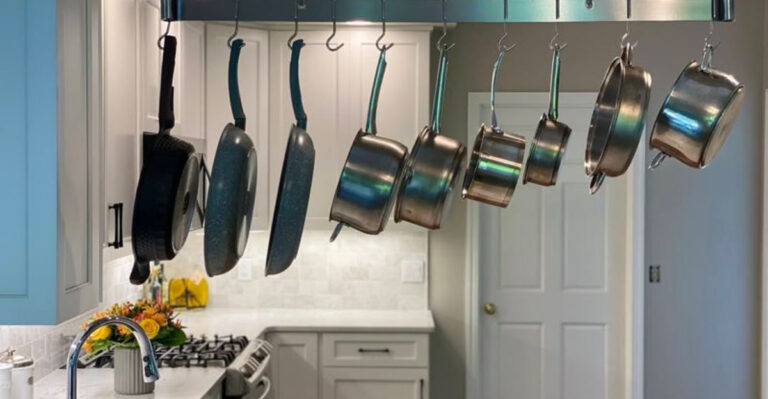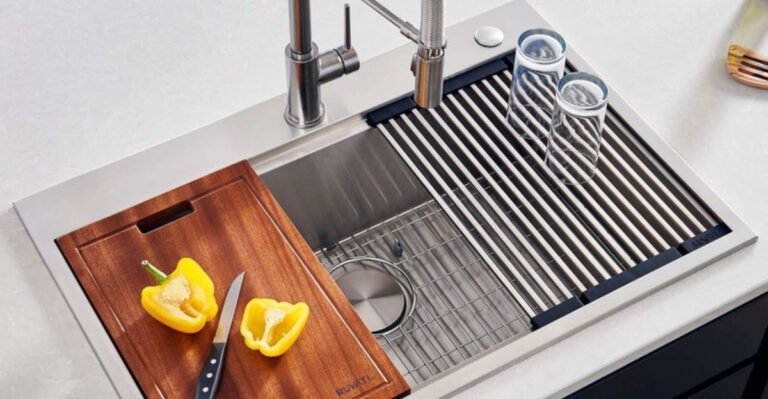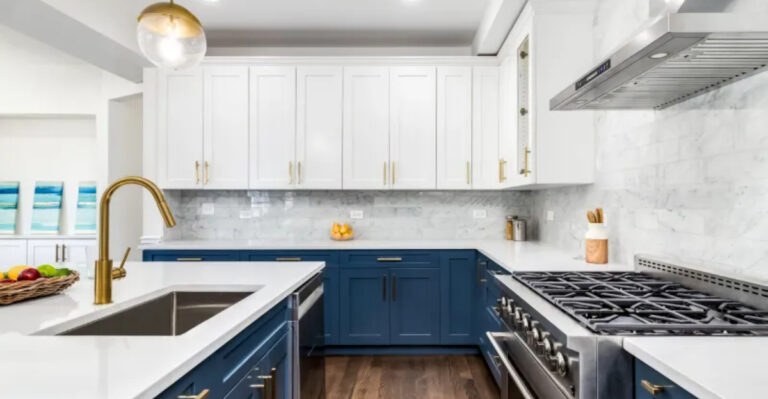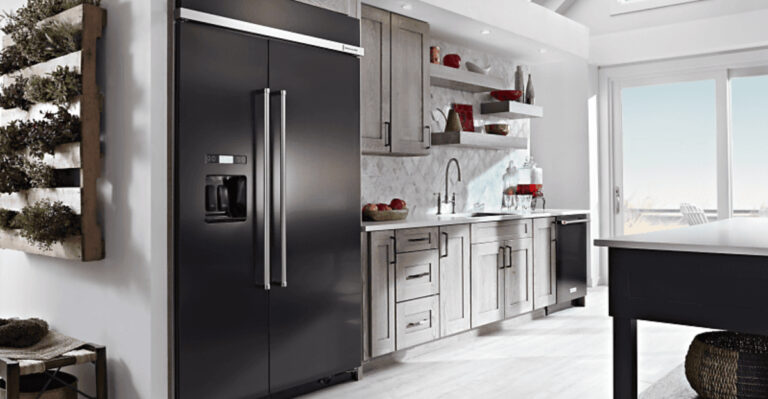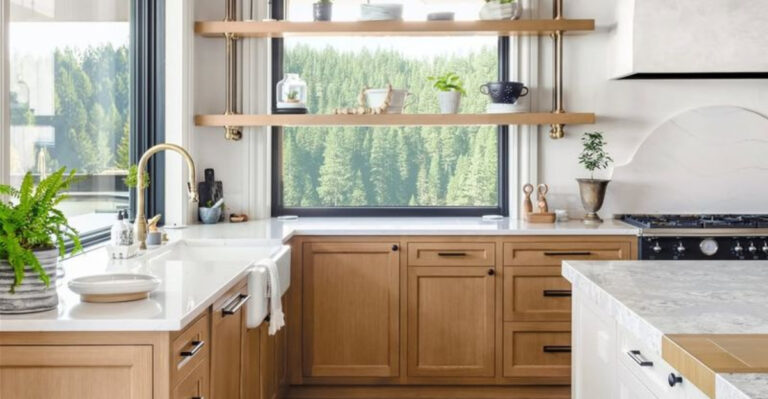15 Modern Kitchen Trends That Are Secretly Driving Buyers Away (Plus 5 Even Worse Ones)
I get it, your dream kitchen might be exactly what you’ve pinned on Pinterest or drooled over on Instagram. But here’s the thing: what you love might actually be a buyer’s nightmare.
I’ve seen it happen, people pouring their hearts into the latest trendy features, only to watch potential buyers quietly walk away.
Modern doesn’t always mean marketable, and some of the hottest kitchen trends right now are actually raising red flags for house hunters. If you’re thinking about a remodel or selling soon, I’m here to share what to watch out for before it costs you.
1. All-White Everything Kitchens
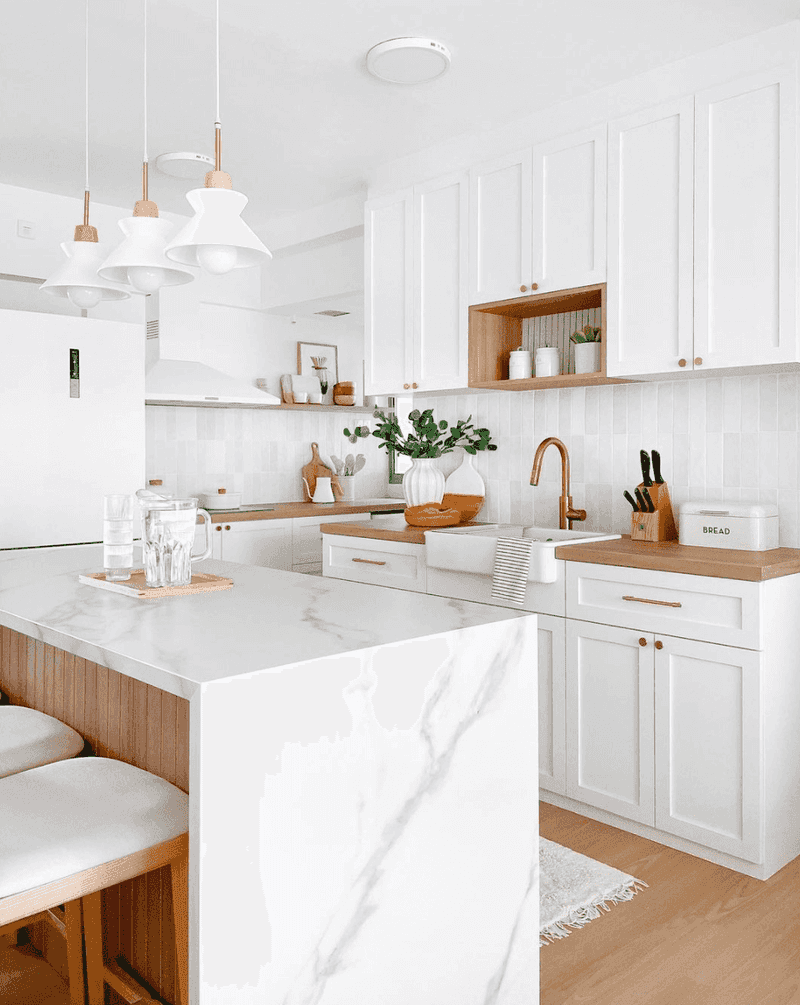
White kitchens look amazing in magazines but terrible in real life. Every fingerprint, coffee stain, and splash of tomato sauce becomes a glaring reminder of how impractical this choice really is.
Buyers walk into these sterile spaces and immediately think about the constant cleaning required. Kids with sticky fingers? Forget about it.
Smart buyers know that maintenance nightmares equal decreased home value over time.
2. Open Shelving Instead Of Upper Cabinets

Instagram made open shelving look effortless, but buyers see dust collectors and storage disasters. Where exactly do you hide the mismatched mugs and plastic containers?
Most families need actual storage space, not display areas for perfectly arranged dishes. Open shelves work great for food bloggers with staging budgets.
Regular people need places to stash their everyday chaos without judgment from kitchen visitors.
3. Waterfall Countertop Islands
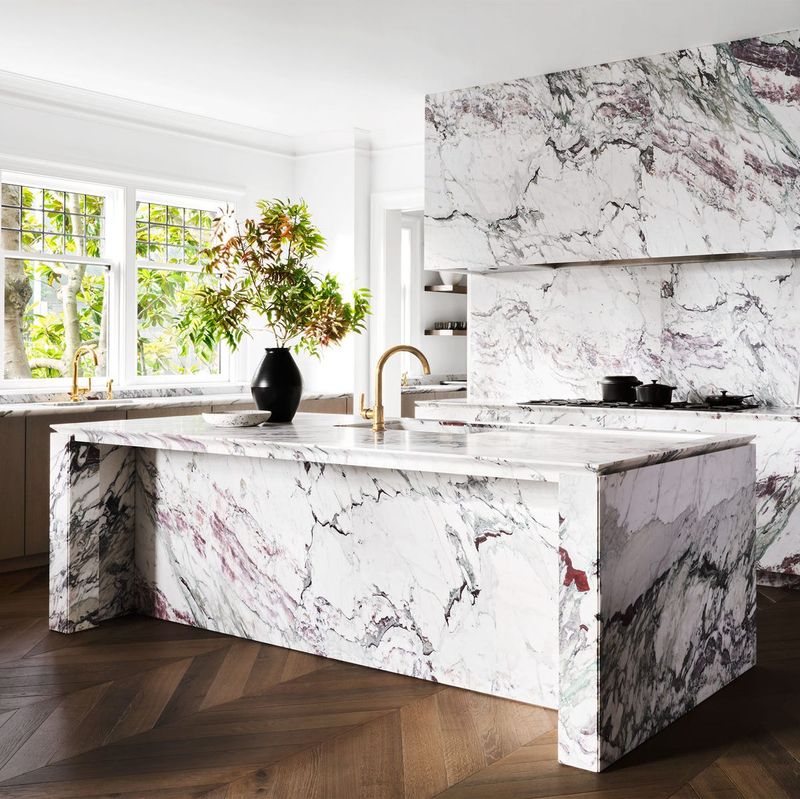
Waterfall edges cost a fortune and serve zero practical purpose beyond showing off. Buyers calculate the replacement costs when kids inevitably crash into those exposed corners.
These countertops also limit seating options and make the kitchen feel less functional. Sometimes simple designs work better than architectural statements.
Most people prefer spending money on features that actually improve their daily cooking experience instead.
4. Farmhouse Sinks That Eat Counter Space

Farmhouse sinks look charming until you realize they’ve stolen half your prep space. Buyers notice immediately when counter real estate disappears for aesthetic reasons.
These sinks also require custom cabinets and special installation, which screams expensive maintenance to practical buyers. Function should never take a backseat to fashion trends.
Most people would rather have workspace than a sink that photographs well for social media posts.
5. Statement Range Hoods That Scream Too Loud

Massive range hoods might make a statement, but they’re usually saying the wrong thing to buyers. These oversized monsters dominate kitchens and make spaces feel cramped.
Professional-grade hoods also suggest expensive maintenance and replacement costs down the road. Sometimes bigger definitely isn’t better in kitchen design.
Buyers prefer proportional features that enhance cooking without overwhelming the entire room with unnecessary drama.
6. Two-Toned Cabinets With Commitment Issues
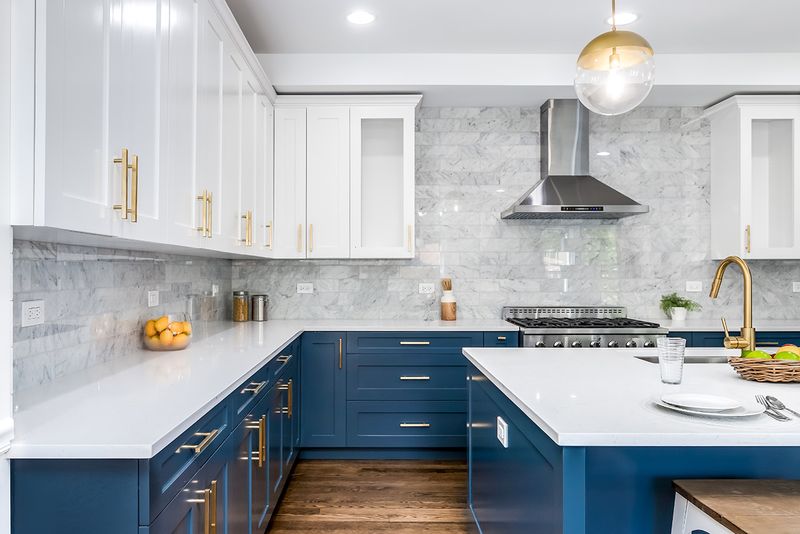
Two-toned cabinets suggest indecision rather than design confidence. Buyers wonder if you couldn’t make up your mind or ran out of budget halfway through.
This trend also limits future decorating options since everything must work with both cabinet colors. Neutral buyers prefer cohesive designs that won’t clash with their belongings.
Matching cabinets feel more finished and allow new owners to personalize spaces through accessories instead.
7. Penny Tile Backsplashes With Grout Nightmares
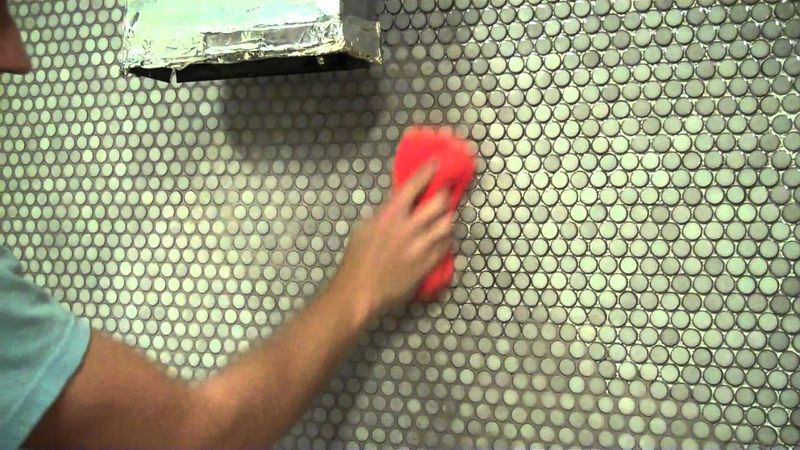
Penny tiles create thousands of grout lines that collect grease and grime like tiny dirt magnets. Cleaning becomes a full-time job that buyers definitely don’t want.
These intricate patterns also date quickly and feel overwhelming in small kitchens. Simple subway tiles age better and maintain their appeal across different decorating styles.
Smart buyers recognize high-maintenance features and factor cleaning time into their decision-making process.
8. Industrial Pendant Lights That Blind Everyone

Industrial lighting looks cool in loft conversions but feels harsh in family kitchens. These fixtures create unflattering shadows and make food prep more difficult.
Buyers want warm, welcoming kitchens where families gather comfortably. Warehouse lighting sends the opposite message about home atmosphere.
Good kitchen lighting should enhance cooking tasks and create inviting spaces for conversation, not replicate factory conditions.
9. Concrete Countertops That Crack Under Pressure

Concrete countertops sound eco-friendly until they start cracking and staining within months. Buyers see these surfaces and immediately think about replacement costs.
Maintenance requirements include regular sealing and careful cleaning with special products. Most people want countertops that can handle normal kitchen abuse without constant babying.
Durable materials like quartz offer similar aesthetics without the headaches that come with trendy concrete installations.
10. Barn Doors That Don’t Actually Work

Barn doors look rustic and charming until they refuse to stay on track or close properly. Buyers test these doors and immediately notice the functionality problems.
These sliding systems also leak sound and smells, which defeats the purpose of separating spaces. Traditional doors actually work better for most kitchen applications.
Function trumps fashion when buyers are evaluating homes for long-term living rather than short-term Instagram posts.
11. Butcher Block Islands That Need Constant Care

Wood countertops require more maintenance than most people want to handle. Buyers see water stains and scratches as previews of their future weekend projects.
Regular oiling, sanding, and refinishing turn kitchen islands into high-maintenance furniture pieces. Most families need surfaces that can handle daily chaos without special treatment.
Quartz or granite islands offer similar warmth without demanding constant attention from busy homeowners.
12. Copper Appliances That Turn Green
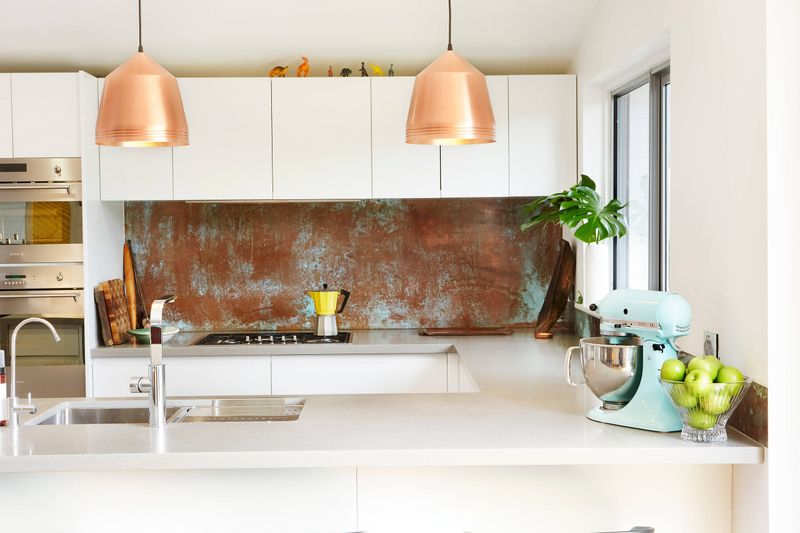
Copper appliances develop patina that looks intentional in design magazines but accidental in real kitchens. Buyers wonder if you’ve been neglecting basic appliance maintenance.
These finishes also limit color schemes and require special cleaning products to maintain their appearance. Stainless steel offers durability without the ongoing patina problems.
Most people prefer appliances that age gracefully rather than ones that change colors unpredictably over time.
13. Glass Cabinet Doors That Show Everything

Glass cabinets force perfect organization that most families can’t maintain long-term. Buyers imagine their mismatched dishes on display for all to judge.
These doors also show fingerprints and require constant cleaning to look presentable. Solid doors hide normal kitchen chaos and give families permission to be human.
Privacy in storage areas helps kitchens feel more relaxed and less like museum displays requiring constant curation.
14. Subway Tiles Installed The Wrong Way
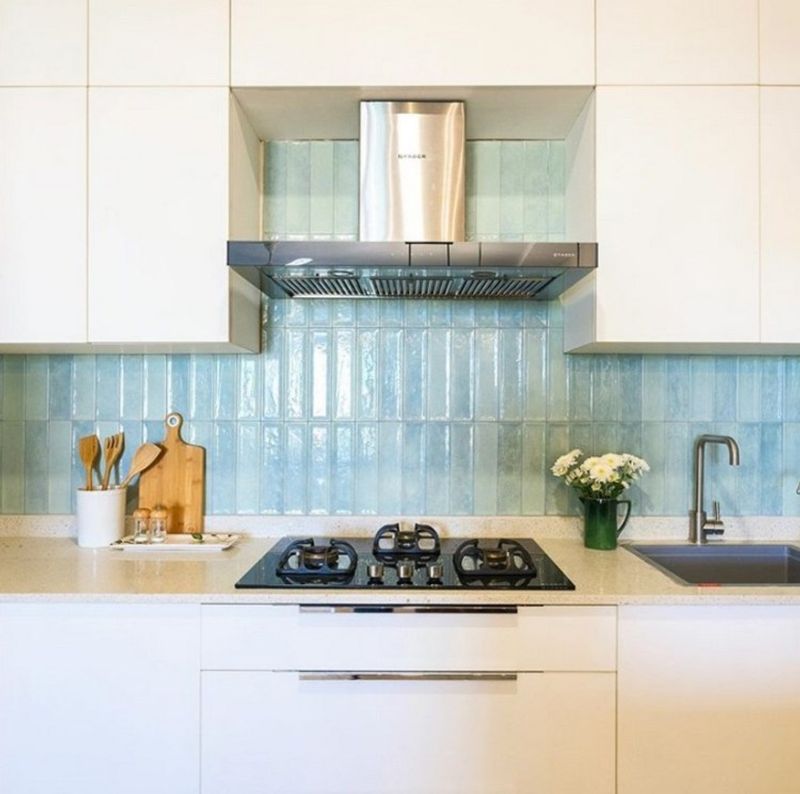
Vertical subway tiles look like bathroom mistakes that wandered into kitchens. This installation pattern fights against the natural horizontal lines that make kitchens feel wider.
Buyers notice when classic materials are used incorrectly and question other design decisions throughout the home. Traditional brick patterns exist for good reasons.
Sometimes following established design rules creates better results than trying to reinvent perfectly functional tile layouts.
15. Floating Vanities In Kitchen Islands
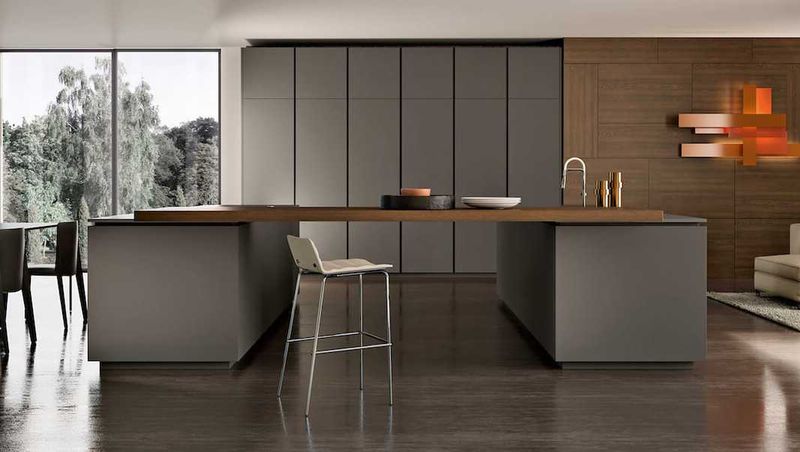
Floating kitchen islands borrow from bathroom design but lose practical storage space in the process. Buyers notice missing cabinets and wonder where they’ll store their stuff.
These designs also collect dust and debris underneath, creating cleaning challenges that solid bases avoid. Function matters more than floating aesthetics in working kitchens.
Most people need every inch of kitchen storage and don’t want to sacrifice cabinets for architectural statements.
16. Matte Black Everything That Shows Fingerprints
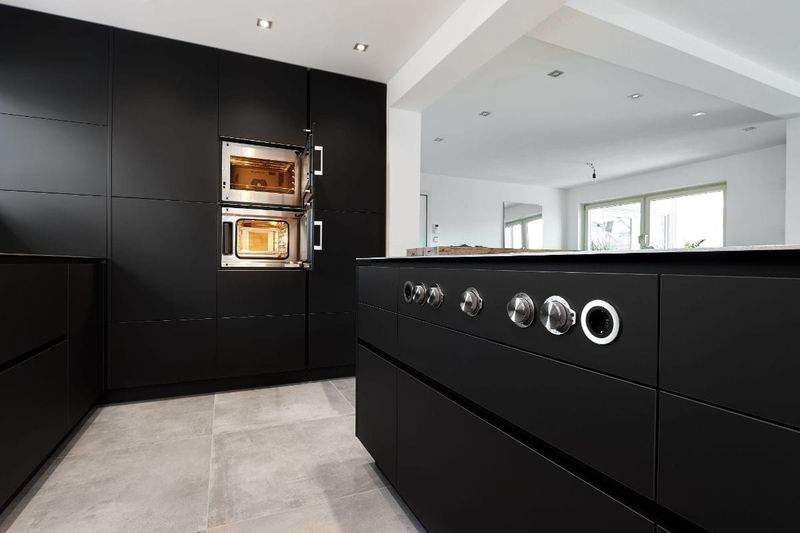
Matte black finishes show every fingerprint, water spot, and smudge like they’re highlighting your cleaning failures. Buyers touch these surfaces and immediately see their marks.
This finish trend also limits future decorating options since everything must coordinate with the dominant black elements. Neutral finishes offer more flexibility for changing tastes.
Practical buyers choose finishes that hide daily wear rather than ones that broadcast every interaction with the surface.
17. Tiny Kitchen Islands That Block Traffic
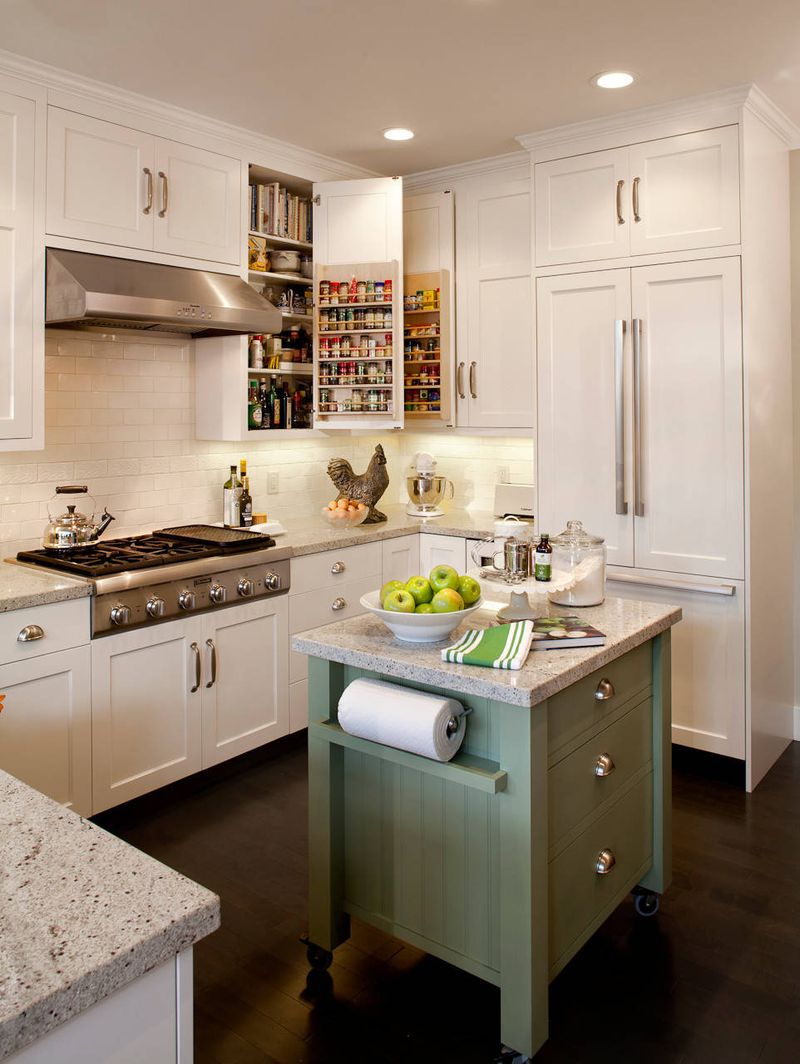
Small islands create traffic jams rather than additional workspace. Buyers walk around these obstacles and immediately feel the kitchen’s flow problems.
Proper kitchen triangles require clear paths between sink, stove, and refrigerator. Islands should enhance workflow, not create navigation challenges for cooking.
Sometimes no island works better than a poorly sized one that makes kitchens feel cramped and dysfunctional.
18. Pot Fillers That Nobody Actually Uses
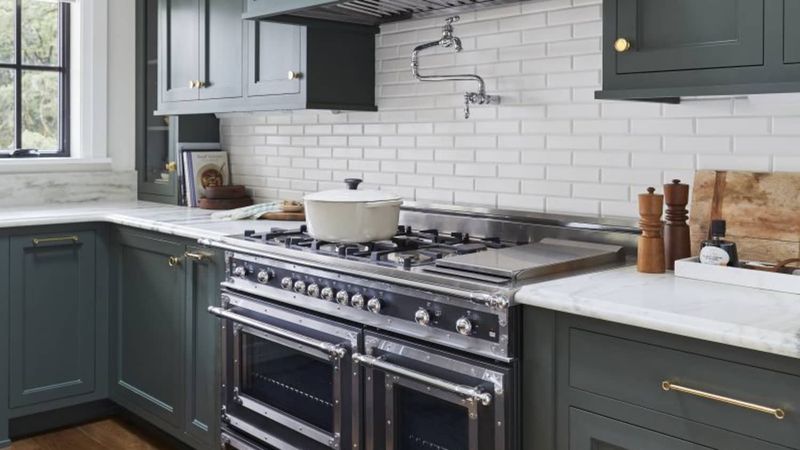
Pot fillers sound convenient until you realize they’re basically expensive wall decorations. Most people still carry pots to the main sink out of habit.
These fixtures also create potential leak points and require additional plumbing that buyers see as unnecessary complexity. Simple solutions often work better than fancy ones.
Money spent on pot fillers could upgrade appliances or countertops that actually improve daily cooking experiences instead.
19. Wallpaper In Kitchens That Traps Grease

Kitchen wallpaper collects cooking grease and steam damage that paint handles much better. Buyers see peeling edges and staining as immediate redecoration projects.
Removal costs and wall repairs add unexpected expenses that practical buyers factor into their offers. Paint offers easier maintenance and simpler updates when tastes change.
Kitchens need surfaces that can handle heat, moisture, and splatter without requiring professional removal services later.
20. Chandeliers Over Kitchen Islands That Collect Grease
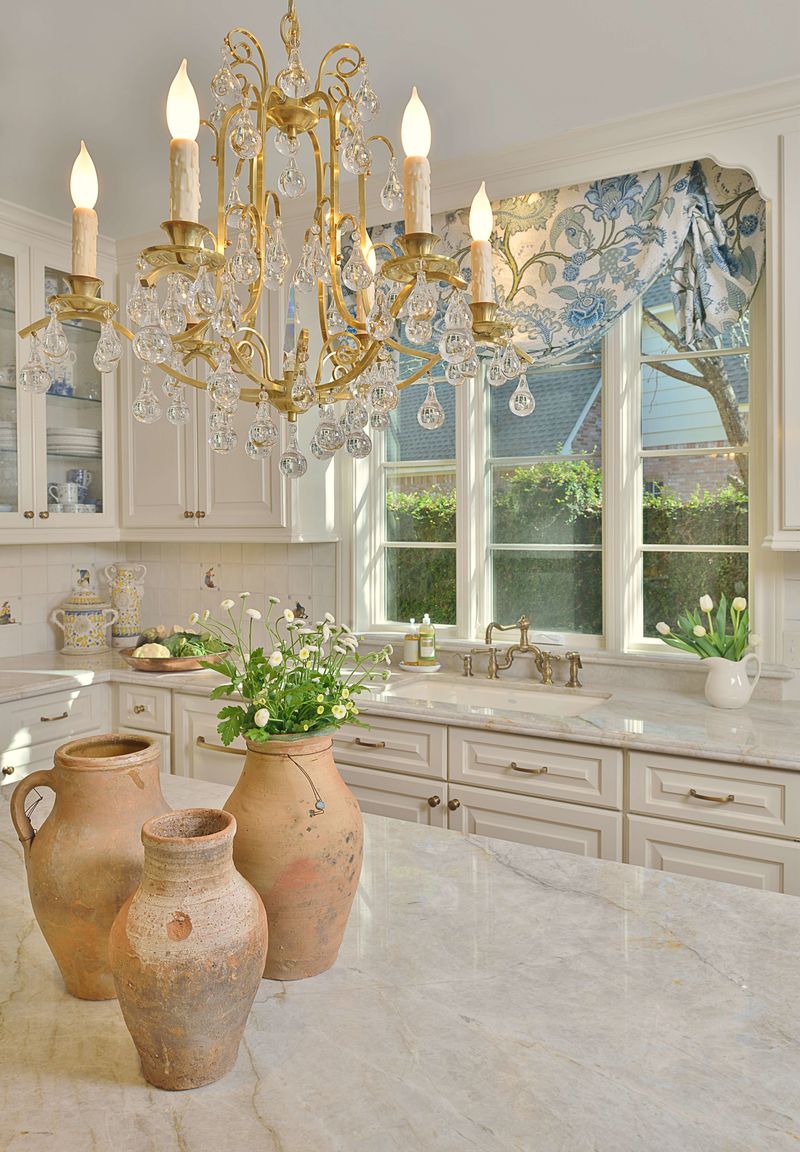
Kitchen chandeliers turn into grease magnets that require professional cleaning to maintain their sparkle. Buyers imagine climbing ladders to clean crystal drops covered in cooking residue.
These fixtures also provide poor task lighting for food preparation compared to purpose-built kitchen pendants. Function should guide lighting choices in working spaces.
Simple pendant lights offer better illumination and easier maintenance than decorative chandeliers borrowed from dining rooms.


